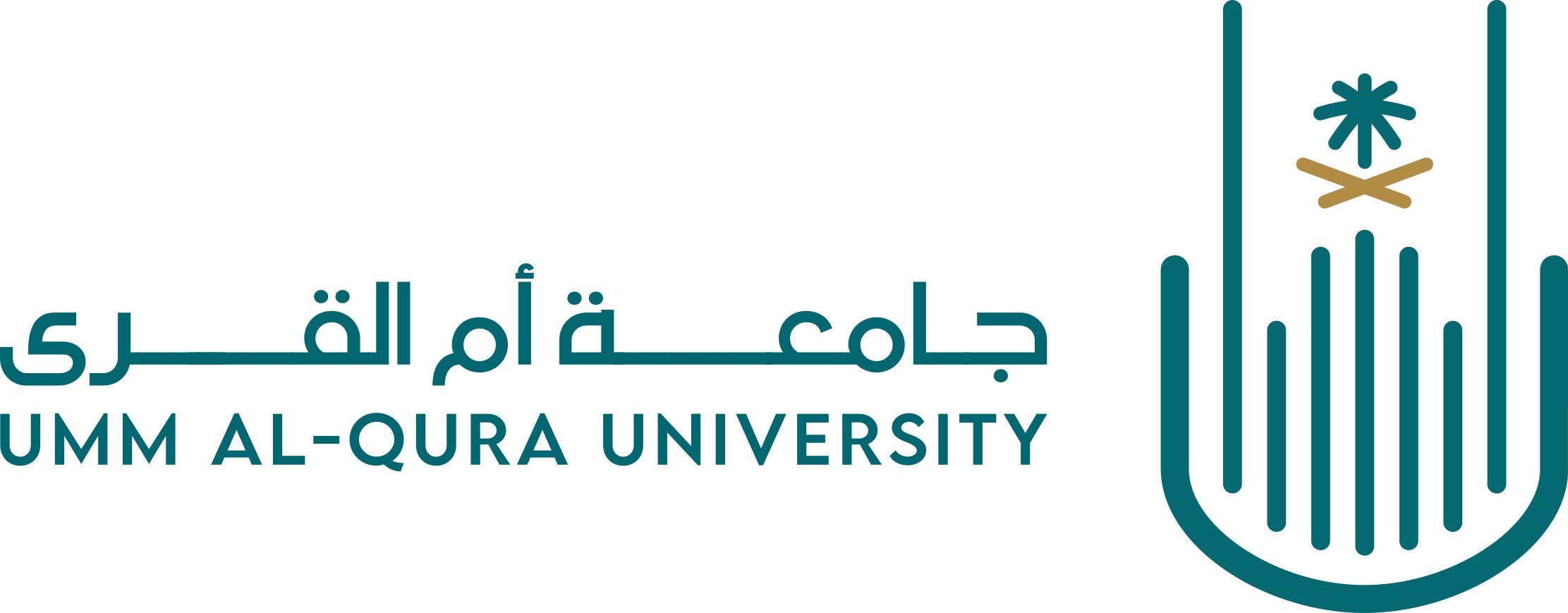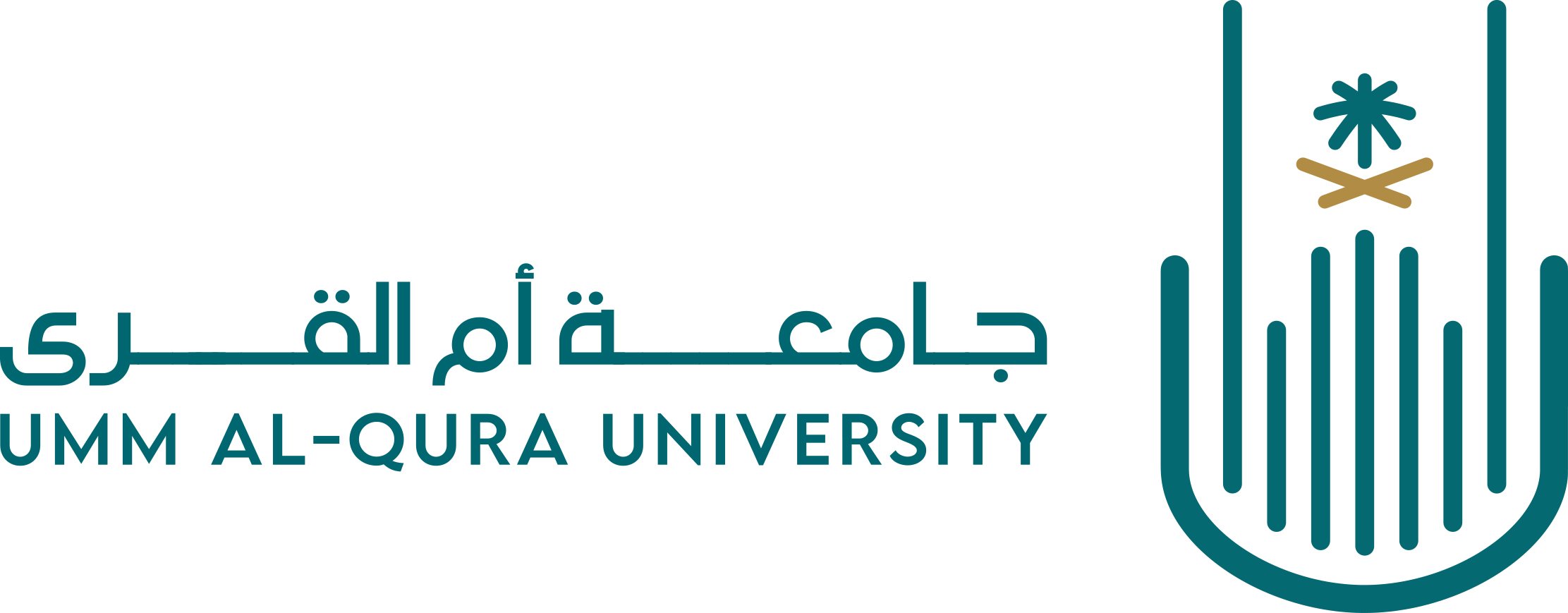- Communities& Collections
- Browse Items by:
- Issue Date
- Author
- Title
- Subject
تقييم استعداد المنشآت الصحية وتوفر الخدمات أثناء موسم الحج
المقدمة أجرى المركز العالمي لطب الحشود أول تقييم لتوفر الخدمات والاستعدادات في المرافق الصحية التابعة لوزارة الصحة في الأماكن المقدسة (منى وعرفات) خلال موسم حج 1437هـ. والذي يهدف إلى تقييم توافر الخدمة، والجاهزية، والتحقق من جودة البيانات في المرافق الصحية في الحج لتسهيل التخطيط واتخاذ القرارات. يصف هذا التقرير نتائج التقييم الثاني والذي أجري خلال موسم حج 1438 هـ. المنهجية نفذ هذا التقييم بأسلوب الدراسة المستعرضة لتوافر الخدمة والاستعداد لتقديمها في المرافق الصحية التابعة لوزارة الصحة في منى وعرفات. استُمد استبيان الدراسة من أداة جمع بيانات قياسية/معيارية لمنظمة الصحة العالمية، والتي تم تعديلها بما يتماشى مع سياق الحج. تم جمع البيانات في أغسطس وسبتمبر 2017م. النتائج أظهرت النتائج أن غالبية المرافق الصحية لديها الأجهزة والمرافق الأساسية اللازمة لتقديم الخدمات الصحية الاساسية خلال الحج. بعد اعتماد وتطبيق معايير جديدة لتوزيع الممارسين الصحيين عام 1438، ارتفعت نسبة الممارسين الصحيين الأساسيين (الأطباء والتمريض) من 34٪ في عام 1437 هـ إلى 46٪ في عام 1438 هـ. إضافة إلى ذلك، كان هناك انخفاض بنسبة 35 ٪ في متوسط عبء العمل (عدد الاستشارات اليومية / طبيب) في منى وعرفات. وزاد متوسط الوقت الذي قضاه الحاج مع الطبيب خلال الزيارات في مراكز الرعاية الصحية الأولية من 1.35 دقيقة في عام 1437 هـ إلى 2.38 دقيقة في عام 1438 هـ. الخاتمة سيمثل هذا التقييم لمرافق الرعاية الصحية في الحج قاعدة لتعزيز تقديم الخدمات والأساس للتخطيط والإدارة. إجمالا، تم تعزيز كثافة وتوزيع الموارد الصحية وبعض مجالات الاستعداد للخدمات خلال موسم الحج 1438هـ. هناك حاجة للبناء على هذه النتائج الإيجابية لتحسين معايير توزيع الممارسين الصحيين. ومن بين الاحتياجات الإضافية لاستدامة تعزيز النظام الصحي: برامج التدريب المناسبة، تحسين وتطوير البنية التحتية وتطوير نظم الرصد والمراقبة. Background The Global Center for Mass Gatherings Medicine (GCMGM) conducted the first Service Availability and Readiness Assessment (SARA) of Ministry of Health (MOH) health facilities in the Holy Places (Mina and Arafat) during the 1437 Hajj. The goal of SARA is to assess service availability, readiness, and to conduct data verification in Hajj health facilities for planning and decision making. This report describes the results of 2nd SARA, which was conducted during the 1438Hajj. Methods The assessment was a cross-sectional survey of service availability and the readiness to provide services in MOH health facilities in Mina and Arafat. The survey questionnaire was derived from a standard set of the World Health Organization (WHO) SARA data collection tool, which was modified in line with the Hajj context. Data collection was conducted in August-September 2017. Results The results showed that the majority of health facilities had the required basic amenities and equipment during Hajj. With the adoption of new standards for the distribution of Health Care Workers, the percentage of core providers (doctors and nurses) increased from 34% in 1437H to 46% in 1438H. Additionally, there was a corresponding 35% reduction in average workload (Number of daily consultations/doctor), in Mina and Arafat. The average time spent with the doctor during outpatient visits in the PHCs increased marginally from 1.35 minutes in 1437H to 2.38 minutes in 1438H. Conclusion This SARA of healthcare facilities in the Hajj serves as a platform for strengthening service delivery and foundation for planning and management. Overall, the density and distribution of health resources and some service readiness domains strengthened during the 1438 Hajj. There is need to build on these gains to improve the standards for allocation of HCWs. Appropriate training programmes, improved infrastructural development and enhanced surveillance systems are additional needs for sustainable health system strengthening.
| Title: | تقييم استعداد المنشآت الصحية وتوفر الخدمات أثناء موسم الحج |
| Authors: | الجنايني, أحمد عبد المالك, نور غلاب, سجود مختار, نمي |
| Subjects :: | المرافق الصحية جودة خدمة الحجاج والمعتمرين |
| Issue Date :: | 6-March-2019 |
| Publisher :: | معهد خادم الحرمين الشريفين لأبحاث الحج والعمرة - جامعة أم القرى |
| Series/Report no.: | أبحاث الملتقى العلمي 19;14 |
| Abstract: | المقدمة أجرى المركز العالمي لطب الحشود أول تقييم لتوفر الخدمات والاستعدادات في المرافق الصحية التابعة لوزارة الصحة في الأماكن المقدسة (منى وعرفات) خلال موسم حج 1437هـ. والذي يهدف إلى تقييم توافر الخدمة، والجاهزية، والتحقق من جودة البيانات في المرافق الصحية في الحج لتسهيل التخطيط واتخاذ القرارات. يصف هذا التقرير نتائج التقييم الثاني والذي أجري خلال موسم حج 1438 هـ. المنهجية نفذ هذا التقييم بأسلوب الدراسة المستعرضة لتوافر الخدمة والاستعداد لتقديمها في المرافق الصحية التابعة لوزارة الصحة في منى وعرفات. استُمد استبيان الدراسة من أداة جمع بيانات قياسية/معيارية لمنظمة الصحة العالمية، والتي تم تعديلها بما يتماشى مع سياق الحج. تم جمع البيانات في أغسطس وسبتمبر 2017م. النتائج أظهرت النتائج أن غالبية المرافق الصحية لديها الأجهزة والمرافق الأساسية اللازمة لتقديم الخدمات الصحية الاساسية خلال الحج. بعد اعتماد وتطبيق معايير جديدة لتوزيع الممارسين الصحيين عام 1438، ارتفعت نسبة الممارسين الصحيين الأساسيين (الأطباء والتمريض) من 34٪ في عام 1437 هـ إلى 46٪ في عام 1438 هـ. إضافة إلى ذلك، كان هناك انخفاض بنسبة 35 ٪ في متوسط عبء العمل (عدد الاستشارات اليومية / طبيب) في منى وعرفات. وزاد متوسط الوقت الذي قضاه الحاج مع الطبيب خلال الزيارات في مراكز الرعاية الصحية الأولية من 1.35 دقيقة في عام 1437 هـ إلى 2.38 دقيقة في عام 1438 هـ. الخاتمة سيمثل هذا التقييم لمرافق الرعاية الصحية في الحج قاعدة لتعزيز تقديم الخدمات والأساس للتخطيط والإدارة. إجمالا، تم تعزيز كثافة وتوزيع الموارد الصحية وبعض مجالات الاستعداد للخدمات خلال موسم الحج 1438هـ. هناك حاجة للبناء على هذه النتائج الإيجابية لتحسين معايير توزيع الممارسين الصحيين. ومن بين الاحتياجات الإضافية لاستدامة تعزيز النظام الصحي: برامج التدريب المناسبة، تحسين وتطوير البنية التحتية وتطوير نظم الرصد والمراقبة. Background The Global Center for Mass Gatherings Medicine (GCMGM) conducted the first Service Availability and Readiness Assessment (SARA) of Ministry of Health (MOH) health facilities in the Holy Places (Mina and Arafat) during the 1437 Hajj. The goal of SARA is to assess service availability, readiness, and to conduct data verification in Hajj health facilities for planning and decision making. This report describes the results of 2nd SARA, which was conducted during the 1438Hajj. Methods The assessment was a cross-sectional survey of service availability and the readiness to provide services in MOH health facilities in Mina and Arafat. The survey questionnaire was derived from a standard set of the World Health Organization (WHO) SARA data collection tool, which was modified in line with the Hajj context. Data collection was conducted in August-September 2017. Results The results showed that the majority of health facilities had the required basic amenities and equipment during Hajj. With the adoption of new standards for the distribution of Health Care Workers, the percentage of core providers (doctors and nurses) increased from 34% in 1437H to 46% in 1438H. Additionally, there was a corresponding 35% reduction in average workload (Number of daily consultations/doctor), in Mina and Arafat. The average time spent with the doctor during outpatient visits in the PHCs increased marginally from 1.35 minutes in 1437H to 2.38 minutes in 1438H. Conclusion This SARA of healthcare facilities in the Hajj serves as a platform for strengthening service delivery and foundation for planning and management. Overall, the density and distribution of health resources and some service readiness domains strengthened during the 1438 Hajj. There is need to build on these gains to improve the standards for allocation of HCWs. Appropriate training programmes, improved infrastructural development and enhanced surveillance systems are additional needs for sustainable health system strengthening. |
| Description :: | Recommendations: Future SARA should be extended to other health facilities, including health missions’ clinics to provide holistic evidence and to describe how the differences and similarities that exist might impact on health service delivery at the Hajj. Additionally, there is need for the design of appropriate research studies to explore the relationship between service availability and readiness domain characteristics and the quality of health services within the Hajj health system. |
| URI: | http://dorar.uqu.edu.sa//uquui/handle/20.500.12248/131864 |
| Appears in Collections : | 2- المحور الثاني البيئة والصحة |
| File | Description | Size | Format | |
|---|---|---|---|---|
| السجل العلمي لأبحاث الملتقى 19-198.pdf | ملخص مقال - تقييم استعداد المنشآت الصحية وتوفر الخدمات أثناء موسم الحج | 244.41 kB | Adobe PDF |  View/Open |
| أبحاث الملتقى 19 - إنجليزي-63-72.pdf | البحث باللغة الإنجليزية | 440.94 kB | Adobe PDF |  View/Open |
| Service Availability and Readiness Assessment of Health Facilities in Mina and Arafat during the 2017 Hajj.docx | البحث بصيغة وورد | 144.83 kB | Microsoft Word XML | View/Open |
Items in D-Library are protected by copyright, with all rights reserved, unless otherwise indicated.



Comments (0)